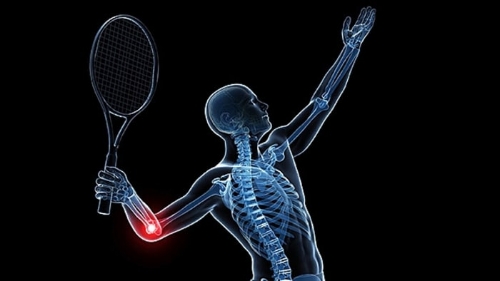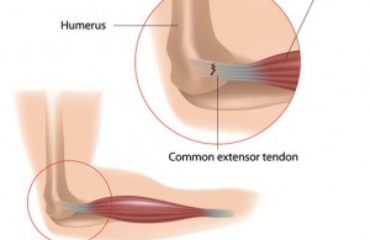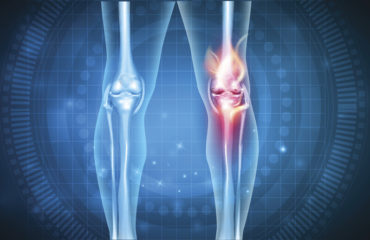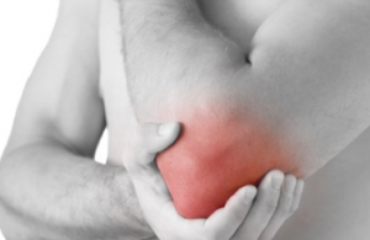What is Tennis elbow?
Tennis elbow, medically known as lateral epicondylitis, is a strain or partial tear in the muscles and tendon tissues that are attached to the elbow joint, causing an intense pain in the outer elbow area. The strain occurs when the muscles and tendons are overworked, making tennis elbow a treatable disease. It is actually very common, affecting 1 to 3% of the population.
Clinical picture
Three of the most common signs of tennis elbow are:
- Experiencing pain on the outside of the elbow
- Severe pain when shaking hands or squeezing objects
- Worsened pain when using the wrist strength
There will not be any bruising or inflammation by looking at your arm or elbow.
The diagnosis is based on physical exam; however, an MRI is performed sometimes to evaluate for associated fractures or soft tissue injuries.
Management
Tennis elbow very rarely requires surgery and can actually be treated effectively through conservative means.
The goal of treatment is to reduce inflammation, promote healing and reduce the amount of stress that is being put on the elbow.
Often, the best treatment is no treatment – resting your elbow so that it can effectively heal is usually very effective in reducing the symptoms. One must avoid making the movements that bring on the pain, such as lifting, gripping or twisting the arm.
Home-based treatments include:
- Heat/Ice and Elevation – In the acute stage of injury, applying ice packs to the pain point for 10-15 minutes a few times a day helps reduce pain. If there is chronic injury, then heat may be more effective in improving blood flow to your injured muscles and tendons. Elevating the elbow by propping it up on a cushion or pillow canals help stop inflammation.
- Braces and Sleeves – Compression brace and sleeve can be used to reduce pain. It helps reduce the gripping forces that cause the pain away from your damaged tendons. An elbow brace can also help to compress the pain point to provide targeted comfort and should be worn for all activities that you do throughout the day.
- NSAIDS & Steroids – can be taken in oral or topical form for symptomatic relief. Steroid injections are only likely to provide short-term relief and their long-term effectiveness has been shown to be poor.
- Platelet-rich plasma – PRP is blood plasma containing concentrated platelets that your body uses to repair damaged tissue. Injections of PRP have been shown to speed up the healing process in some people but their long-term effectiveness is not yet known.
- Shockwave therapy – is a non-invasive treatment, where high-energy shockwaves are passed through the skin to help relieve pain and promote movement in the affected area.
- Surgery – may be recommended as a last resort treatment in cases where tennis elbow is causing severe and persistent pain. The damaged part of the tendon will be removed to relieve the painful symptoms.
Does it ever go away or fully heal?
Tennis elbow is a self-limiting condition, which means it will eventually get better without treatment. However, it can often last for several weeks or months, because tendons heal slowly. In some cases, tennis elbow can persist for more than a year.




